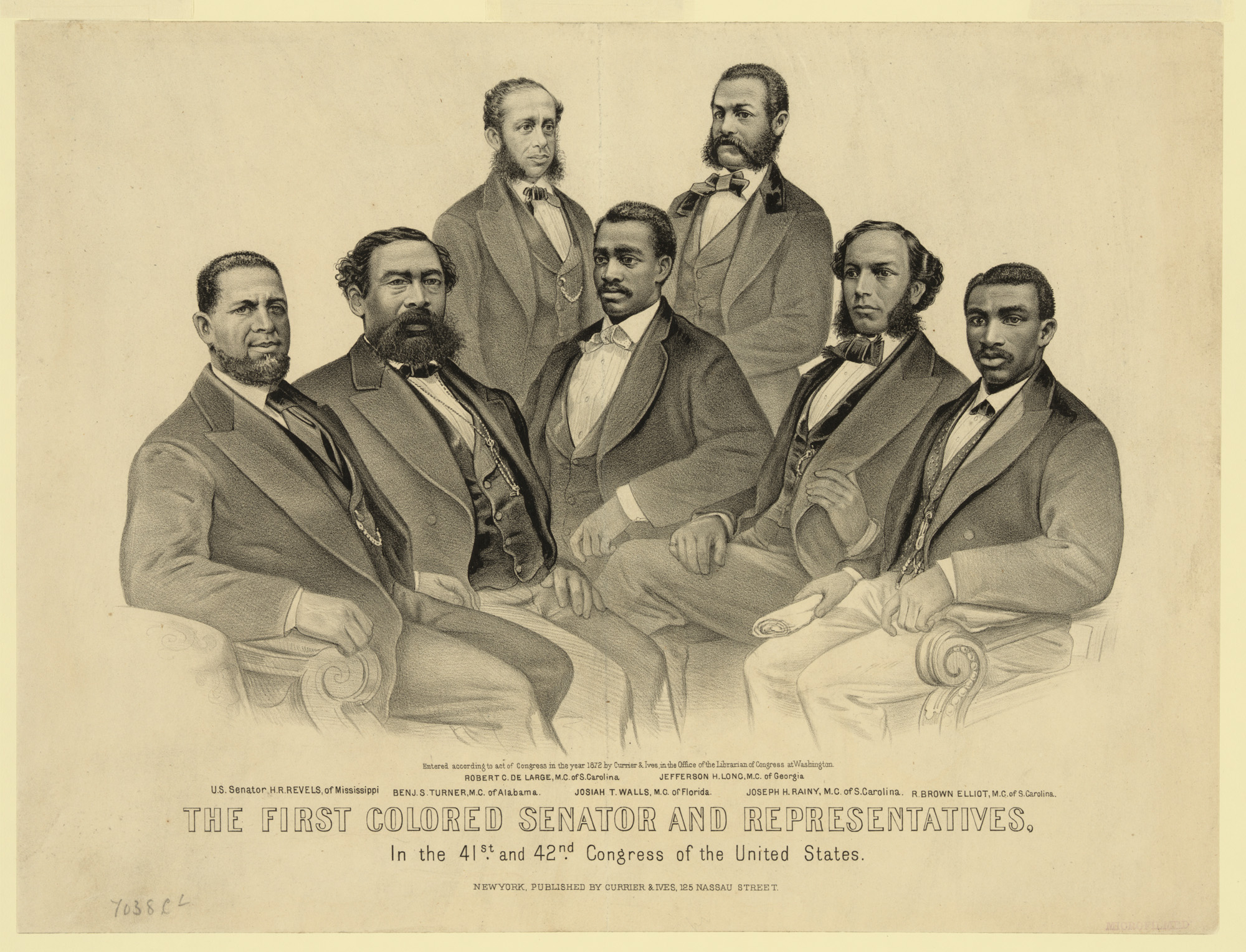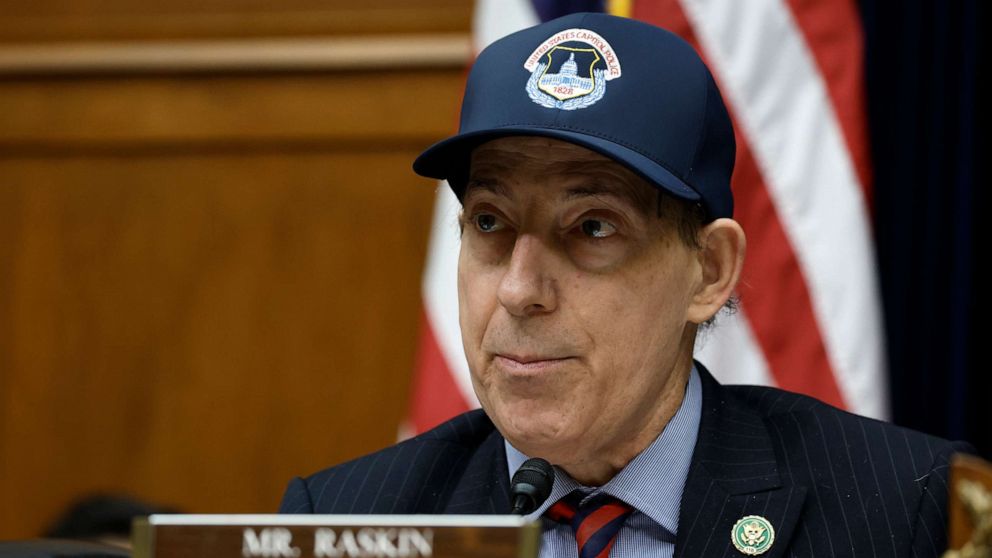Report on Child Sexual Abuse in Australia: Addressing the Crisis through Sustainable Development Goals
Introduction
Child sexual abuse represents a critical global public health crisis, impacting individuals worldwide and imposing significant economic costs. The issue aligns closely with several Sustainable Development Goals (SDGs), including SDG 3 (Good Health and Well-being), SDG 5 (Gender Equality), and SDG 16 (Peace, Justice, and Strong Institutions). This report focuses on the Australian context, highlighting the prevalence, systemic challenges, and the urgent need for effective interventions aligned with the SDGs.
Prevalence and Impact of Child Sexual Abuse in Australia
- One in five boys and one in three girls in Australia experience sexual abuse before the age of 18.
- Approximately one in ten men have a history of offending against children, either online or offline.
- The most common perpetrators are caregivers within the home environment.
- Child sexual abuse accounts for at least half of prosecuted sexual offences nationally.
- The issue affects not only victims and perpetrators but also their families and communities, underscoring the intergenerational and societal impact.
Government Response and National Strategy
In response to these challenges, the Australian Royal Commission into Institutional Responses to Child Sexual Abuse made comprehensive recommendations, including:
- Provision of national support services for non-offending family members of offenders.
- Establishment of early intervention services for individuals concerned about their sexual interest or behavior towards children.
These initiatives are integral components of the 2021 National Strategy to Prevent and Respond to Child Sexual Abuse, overseen by the National Office for Child Safety (NOCS) within the Attorney-General’s Department. These efforts directly contribute to SDG 16 by promoting justice and strong institutions and SDG 3 by supporting mental health and well-being.
Challenges in Service Procurement and Delivery
Despite the strategic framework, significant delays and mismanagement have hindered the implementation of vital services:
- Tenders for essential support services, initially planned for 2022, were delayed until 2023 and closed in February 2024.
- No contracts have yet been signed for service delivery, leaving critical gaps in support.
- An independent audit by the Australian National Audit Office (ANAO) revealed multiple flaws in the procurement process, including:
- Unexplained preference for a lower-ranked tender over the highest scoring one.
- Non-compliance with assessment criteria by several tenderers.
- Engagement in non-competitive practices violating procurement rules.
- The Attorney-General’s Department maintains that the audit will not alter tender outcomes, attributing delays to the complexity of services rather than systemic issues.
Consequences and Urgency for Action
The delays and administrative failures have critical implications aligned with SDG 3 and SDG 16:
- Preventable cases of child sexual abuse continue to occur due to the absence of timely intervention services.
- Non-offending family members remain unsupported, exacerbating trauma and undermining family stability.
- The lack of national services undermines efforts to break cycles of abuse and protect vulnerable children.
The stigma and discomfort surrounding child sexual abuse contribute to inadequate prioritization, despite the clear need for specialized, evidence-based interventions.
Existing Service Models and the Path Forward
Effective service models have been developed and refined by experts, demonstrating proven success in prevention and support. These models align with SDG 3 by promoting health and well-being and SDG 5 by addressing gender-based violence. Key recommendations include:
- Immediate allocation of sufficient funding to implement national support and early intervention services.
- Transparent and competitive procurement processes to ensure service quality and accountability.
- Enhanced public awareness and destigmatization efforts to foster community engagement and support.
- Strengthening partnerships with frontline workers and advocacy groups to sustain momentum and resource allocation.
Support Resources
For individuals affected by sexual abuse or domestic violence, the following resources are available in Australia:
- Lifeline: Crisis support service at 13 11 14.
- 1800RESPECT: Support for sexual assault, family, or domestic violence at 1800 737 732 or www.1800RESPECT.org.au.
- Emergency Services: Call 000 in emergencies.
- International Helplines: Accessible via www.befrienders.org.
- Stop It Now! Helpline: 1800 011 800.
Conclusion
Child sexual abuse remains a profound challenge requiring urgent, coordinated action consistent with the Sustainable Development Goals. Addressing this crisis through effective prevention, support services, and institutional accountability is essential to safeguarding children’s rights, promoting health and well-being, and fostering peaceful and inclusive societies.
Contributors
- Grace Tame, 2021 Australian of the Year and Director of the Grace Tame Foundation.
- Madeleine Clifford, Executive Officer, National Association of Services Against Sexual Violence.
- Prof Michael Salter, Director, Childlight East Asia and Pacific Hub, UNSW.
- Prof Jon Rouse APM, Childlight East Asia and Pacific Hub, UNSW and AiLECs Lab, Monash University.
- Hetty Johnston AM.
- Rosie Batty AO.
- Rachel Green, CEO of SANE.
- Natalie Walker, Founder of PartnerSPEAK.
1. Sustainable Development Goals (SDGs) Addressed or Connected
- SDG 3: Good Health and Well-being
- The article discusses child sexual abuse as a public health crisis with lasting harms, indicating a direct connection to ensuring healthy lives and promoting well-being for all ages.
- SDG 5: Gender Equality
- Given the disproportionate impact on girls (one in three girls sexually abused before 18), the article relates to eliminating violence against women and girls.
- SDG 16: Peace, Justice and Strong Institutions
- The article highlights issues with institutional responses, government procurement failures, and the need for justice and protection of children from abuse.
2. Specific Targets Under Those SDGs
- SDG 3 Targets
- Target 3.4: By 2030, reduce by one third premature mortality from non-communicable diseases through prevention and treatment and promote mental health and well-being. The article’s focus on trauma and mental health support for victims and families aligns with this target.
- Target 3.7: Ensure universal access to sexual and reproductive health-care services, including for violence prevention and treatment.
- SDG 5 Targets
- Target 5.2: Eliminate all forms of violence against all women and girls in public and private spheres, including trafficking and sexual and other types of exploitation.
- SDG 16 Targets
- Target 16.2: End abuse, exploitation, trafficking and all forms of violence against and torture of children.
- Target 16.6: Develop effective, accountable and transparent institutions at all levels. The article’s critique of government procurement and institutional failures relates here.
3. Indicators Mentioned or Implied to Measure Progress
- Prevalence of Child Sexual Abuse
- Statistics such as “one in five boys and one in three girls are sexually abused before 18” imply the use of prevalence rates as an indicator.
- Number of Prosecuted Sexual Offences
- Reference to child sexual abuse accounting for at least half of prosecuted sexual offences suggests legal prosecution rates as an indicator.
- Availability and Delivery of Support Services
- The delays and failures in contracting national support services imply indicators related to service coverage, accessibility, and timeliness.
- Government Accountability and Procurement Compliance
- The Australian National Audit Office report highlights procurement process compliance and transparency as indicators of institutional effectiveness.
- Mental Health Outcomes for Victims and Families
- Implied need for measuring trauma and mental health support effectiveness among affected families.
4. Table of SDGs, Targets, and Indicators
| SDGs | Targets | Indicators |
|---|---|---|
| SDG 3: Good Health and Well-being |
|
|
| SDG 5: Gender Equality |
|
|
| SDG 16: Peace, Justice and Strong Institutions |
|
|
Source: theguardian.com







